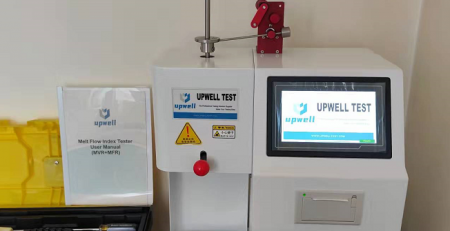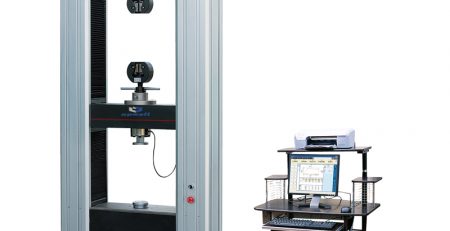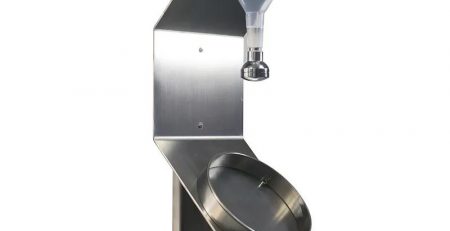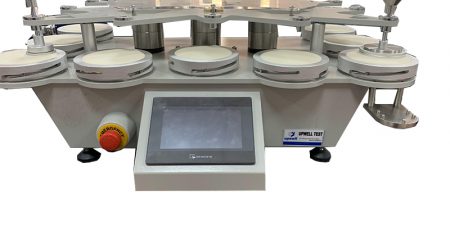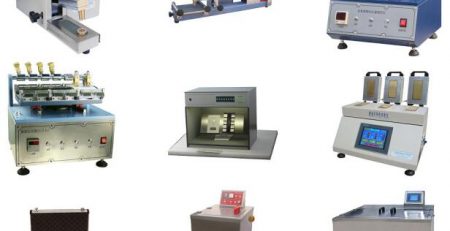Differential Scanning Calorimeter is a thermal analysis instrument that tests the thermal effect of substances in the process of heating or cooling. It can study the relationship between the physical and chemical change rate of substances and temperature, as well as the performance of certain physical and chemical properties of substances under the action of thermal energy. feature. Under the program control temperature, the temperature difference between the substance and the reference substance can also be measured as a function of temperature.
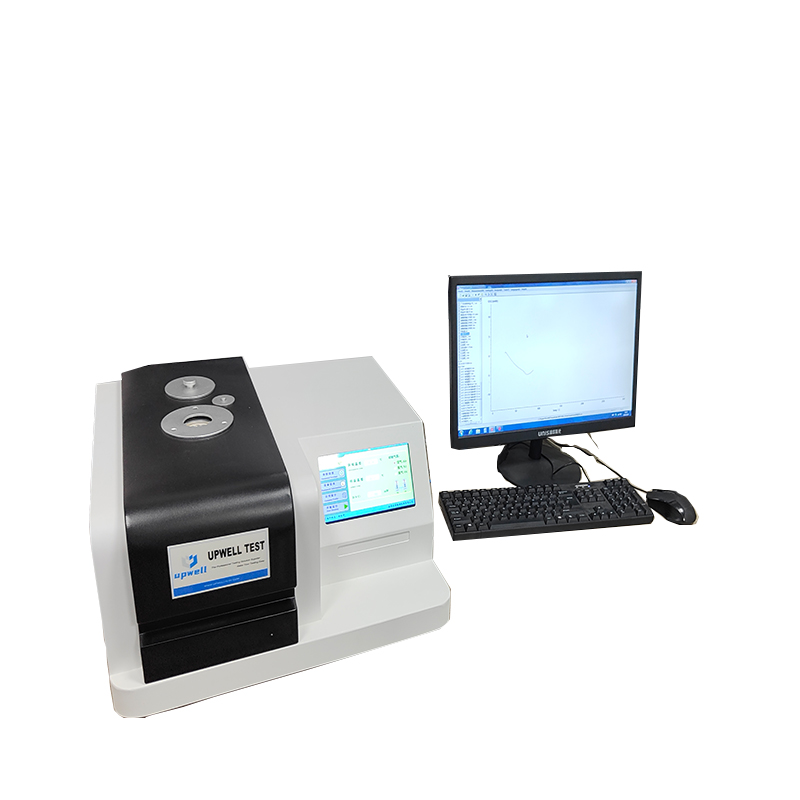
Differential Scanning Calorimeter 1
The main principle of differential scanning calorimeter (DSC):
It is the function relationship between the temperature difference between the measurement sample and the reference standard substance and the ambient temperature under the condition of programmed temperature control. Under the temperature program control, during the heating (cooling) process of the sample, whenever there is a physical change or a chemical change, there will be an endothermic (or exothermic) effect. If no physical change or chemical change occurs within the experimental temperature range When the changing inert substance is used as a reference substance, a temperature difference appears between the sample and the reference substance, and the curve of the temperature difference changing with temperature is called the differential thermal curve or DTA curve.
Differential Scanning Calorimeter consists of a heating system, a temperature control system, a signal amplification system, a differential thermal system, and a recording system. Some models also include atmosphere control system and pressure control system:
- Heating system: Provide the temperature conditions required for the test. The heating elements and furnace core materials in the system are selected according to the different test ranges.
- Temperature control system: used to control the heating conditions during the test, such as heating rate, temperature test range, etc.
- Signal amplification system: through the DC amplifier, the weak temperature difference electromotive force generated by the differential thermocouple is amplified, amplified, and output, so that the instrument can record the test signal more accurately.
- Differential thermal system: it is the core part of the whole device, consisting of sample chamber, sample crucible, thermocouple, etc. Among them, the thermocouple is the key component, which is not only a temperature measurement tool, but also a signal transmission tool, which can be selected according to the test requirements.
- Recording system: In the early days, a double-pen recorder was used for automatic recording. At present, a microcomputer can be used for automatic control and recording, and the test results can be analyzed, which provides great convenience for experimental research.
Any interested please contact us info@upwelltest.com or www.upwelltest.com

